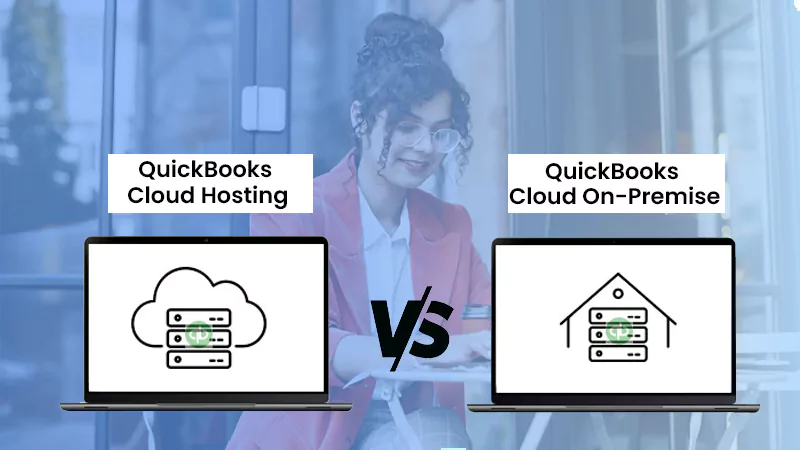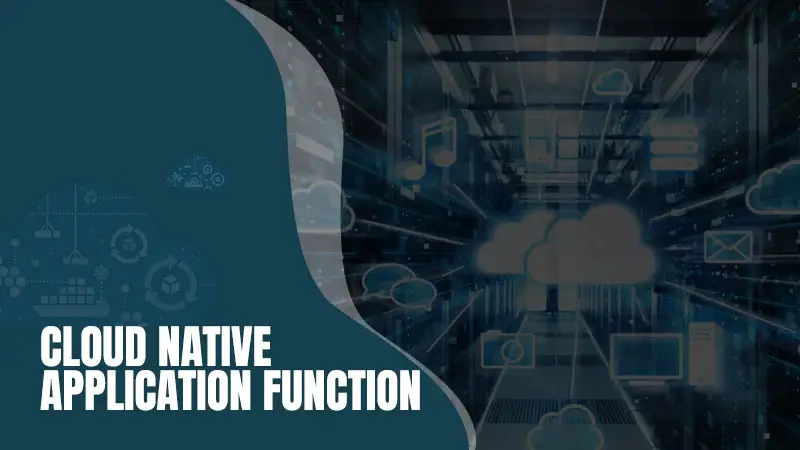Pros and Cons of Cloud-Based SaaS Software Model
Software as a Service, or SaaS, has become the most used branch of cloud technology nowadays. In this model, apps are hosted in the cloud, and all data storage and management are performed by a service provider. SaaS applications require an internet connection to access and mostly use some type of subscription model for clients.
The SaaS model has substantially grown in popularity in recent years and its expansion doesn’t seem to slow down.
In this article, we’re going to take a look at with a complete guide on SaaS pros and cons of model and consider its attractiveness for service providers, who are looking for a cloud app development.
Why is SaaS So Popular?
Cloud computing has changed the way the world looks at software deployment — the typical model with on-premise installment has given way to vendors providing access via the internet. There’s no more need to purchase, configure, and maintain overcomplicated infrastructures, vendors will do it all. All the client needs to do is to subscribe, and it will provide them with access to a pre-set infrastructure anywhere and anytime.
This simplification is one of the main things the SaaS model brings to the modern business world. With the overall complexity of business processes constantly increasing with time, such help is surely appreciated by both small and large-scale enterprises.
What are the Pros and Cons of SaaS?
Business decisions in the modern world must be swift, but still carefully considered. For a SaaS vendor, it means a full understanding of the principles of the Software as a Service model and what risks and possibilities it brings. Let’s take a more detailed look at both categories.
Advantages of SaaS
Besides the obvious benefit of the simple payment subscription model, SaaS also provides other substantial advantages
Installing and Running Applications Made Obsolete
In the past, being a service provider meant that your clients needed to download your software onto their devices and run it there, which took space and computing power and limited productivity. It’s way different with SaaS.
With SaaS, the software is accessible via the internet, and it takes a much lesser resource toll on the client. It means more space for documentation and other software, making the enterprise much more efficient. Client’s IT departments are also relieved from the need to constantly deal with software issues and can be allocated to more important tasks.
Simple and Quick Updating
You’ve surely seen companies that stick to outdated software in their activities, simply because constantly keeping it up to date is quite a cumbersome and constant task. However, updating is much more than adding a useful feature to an app or fixing a minor bug. It also deals with security patches, and failing to update software may lead to serious problems with data protection and, as a consequence, legal and trust issues.
SaaS takes the burden of constant updating out of the user’s shoulders completely. Since applications are hosted in the cloud, your clients will simply receive notifications about automatic cloud-based software updates. It means both saving time and avoiding possible problems with data security.
Remote Access
In the past, your clients were compelled to work from their offices. If they’re unable to reach their working places and computers, the working progress stopped. The SaaS model changed that.
SaaS-based solutions provide remote software accessibility, therefore, all your client’s employees would need to work is an internet connection and a suitable device to use it. With SaaS, work can be done anywhere and at any time, regardless of operating systems or devices your clients use.
Using SaaS makes it way easier to meet deadlines and complete objectives for your clients and removes the need to rent additional workplaces and utilities, thus saving a ton of money and time.
Scalability
It can be quite hard to find software that suits the current needs and budgets of your clients. It becomes even harder if you consider possible future growth plans: few apps can simultaneously include scalability options and fit into a growing enterprise’s budget. SaaS, however, removes this dilemma altogether.
SaaS applications often use a per-user pricing model, which means your clients will pay precisely for the number of users they require. If the company grows, it will simply pay an exact additional amount for new users, without unnecessary expenses. It doesn’t matter, if your client grows slowly or rapidly, swift online access to SaaS services will allow them to cover all their needs, without ever requiring server upgrades.
Talking about scaling down is no fun, but such things also happen. In this case, the SaaS model would also prove itself useful, as it will not require your clients to pay anything on top of their actual digital consumption. This incredible flexibility can aid enterprises a lot in darker times, and they would surely appreciate such an advantage.
Despite being highly advantageous for all kinds of businesses, SaaS also inevitably bears risks, and to understand the full picture you’d want to know those as well.
Disadvantages of SaaS
No solution is perfect. Here are some SaaS disadvantages that need to be considered when you’re planning service distribution. Most of them represent the flip side of the benefits of Software as a Service.
Limited Data Control
When your client has all their software on-site, it inevitably hinders the flexibility of their working processes. However, there’s one positive thing about it — complete information control. All the data is physically stored in a restricted location, seriously limiting all the possibilities for unauthorized access.
It’s just not the case when the company uses a SaaS-based model. All the information is stored in a data center, and your clients have no possibility to influence the way it is stored, maintained, or protected. If your servers suffer, say, a hack, your clients have no way to keep their information safe. It creates additional security risks, and can also damage your client’s reputation.
For a SaaS vendor, there’s one way of dealing with this problem — keep your security measures tight. The stronger emphasis you make on data protection, the more readily your potential clients will switch to your services.
Mandatory Upgrades
As we described above, constant remote updating is a good thing, mostly. It takes a lot of tasks off your clients and makes their activity more secure. However, lack of a choice in the matter may be considered a disadvantage by some.
When businesses upgrade their software themselves, it’s done when they are ready, and when all potential compatibility issues have been considered and resolved. SaaS model upgrades, on the other hand, are rolled out by a vendor mostly without discussing them with clients, which may cause problems for enterprises with a delicate software setup and lots of interconnected applications.
The best thing you can do about it would be to openly and transparently state this to your potential clients, making sure they understand the updating principles of SaaS. This way you can prevent many future problems and misunderstandings.
Reliance on Web Access
Traditional software is mostly available without an internet connection. Whatever happens to your internet service provider, you’re still able to work and be productive. For SaaS-based software, however, internet connection is mostly mandatory, therefore, they might not be a good choice for clients from locations with bad internet access.
Some applications, however, can still have some offline features, but those are still very limited and cannot be considered complete offline working solutions.
Is SaaS Right for Your Clients?
Like any cloud computing solution, Saas can’t be considered a universal option fit for everyone.
It can be a great choice for enterprises with limited, or, vice-versa, very diverse requirements because it can provide both simple choices for small companies and great scalability with multi-task features for big ones. However, for enterprises deeply concerned about their data control capabilities, or those who are interested in an eventual complete transition to the cloud, employing SaaS solutions might not be perfect.
Simple and constant business principles also apply here — be honest to your clients, make the pros and cons of SaaS clear to them, and cooperate with a good SaaS development company, and you will have no problems succeeding in the SaaS market.
Best iCloud Activation Lock Bypasser to Bypass iPhone/iPad…
Top 5 Reasons: What Makes QuickBooks Cloud Hosting…
What is Cloud Computing and Should I Use…
Regression Tests for ERP Cloud
How to Overhaul Cloud Management
Moving to the Cloud: 4 Benefits of Cloud…
How to Choose the Right Private Cloud Service…
The Reasons to Consider Google Cloud Application Development









